
Ooni Volt 12 review: Ooni's first electric pizza oven is a huge success
Review The Volt 12 is Ooni's entry into the world of electric pizza baking. Without any fuel, here's a rundown of how well it performs...
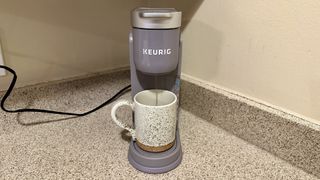

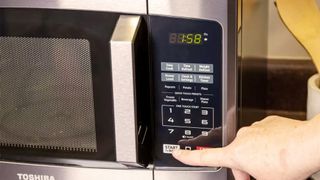


News The Dyson 360 Vis Nav uses 360 vision to intelligently deep clean your home, picking up more debris than others claim.

Hands-On We tried out Weber's smaller Traveler gas grill to see how it compared to the original model.

News There are three global first-time launches among the wave of new products from SharkNinja.

News The new Ninja Double Stack Air Fryer is one of the latest kitchen countertop innovations to be announced.

BUYING GUIDE Make laundry day effortless with the best washer dryer combos available from GE, LG, and more.

Buying Guide Eliminate the heat in your home with the best thru wall air conditioners from Whirlpool, LG, and more.

BUYING GUIDE These are the best front load washers you can buy in every category, from smart machines to models with steam settings and child locks.
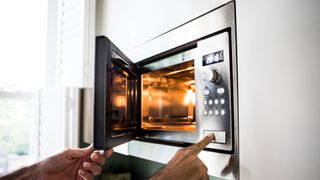
Buying guide Discover the advantages of the best over-the-range microwaves, including space-saving design, powerful extraction, and smart features.
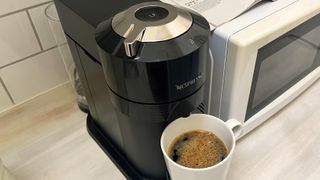
Buying Guide The best Nespresso machine you can buy in every category, from compact Original machines to models with an integrated milk frother and auto pod recognition.
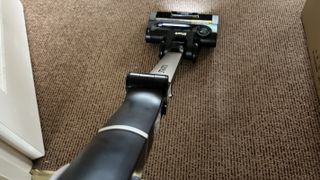
Buying Guide We've divided our top picks of the best cordless vacuums on the market into easy-to-shop categories, such as best budget and overall best cordless vacuum.
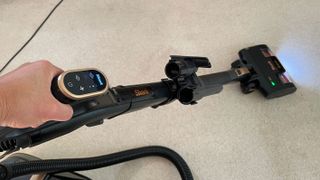
Buying guide This guide covers the best vacuum cleaners for your home, including their unique features, types, and reviews of the top ten models tested.

Deal Upgrade your outdoor space with the Hayler Wood Burning Fire Pit Table, now on sale for $70 off at Wayfair.

Deals How, when and where to find the best chainsaw deals all-year round from your favorite stores including Amazon, Acme Tools, Home Depot, and more.

Memorial Day Make sure you're ready for the 2024 Memorial Day sales with our top-tips on where to shop, what to buy and when.

Deals Shop the best washer dryer combo deals with our roundup of discounted appliances.

Deals If you want to snag the best deal on a new vacuum, you should know where to look.
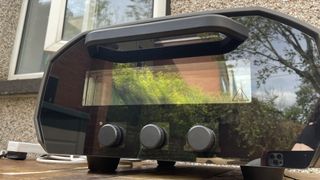
Review The Volt 12 is Ooni's entry into the world of electric pizza baking. Without any fuel, here's a rundown of how well it performs...

How to Follow our steps on how to use an AeroPress so you too can make a quick and delicious coffee every time.